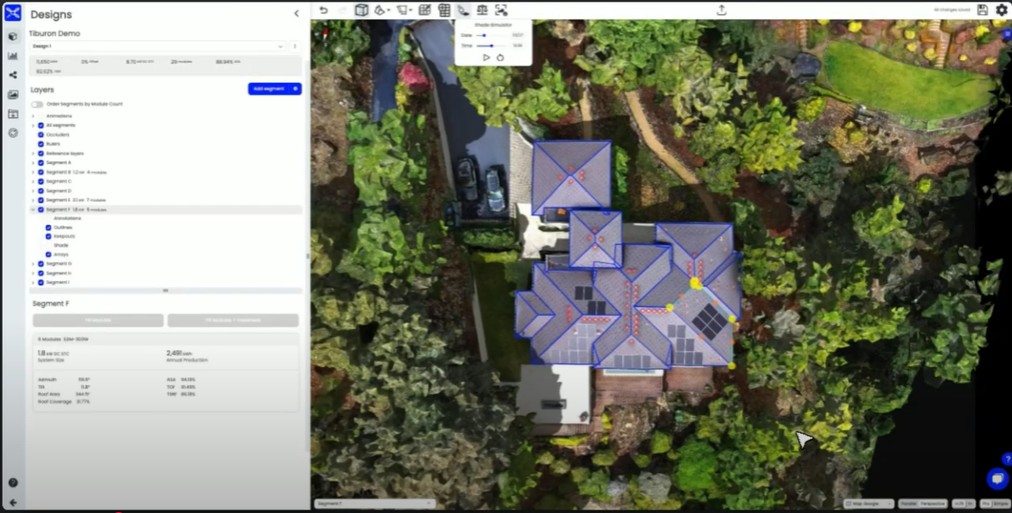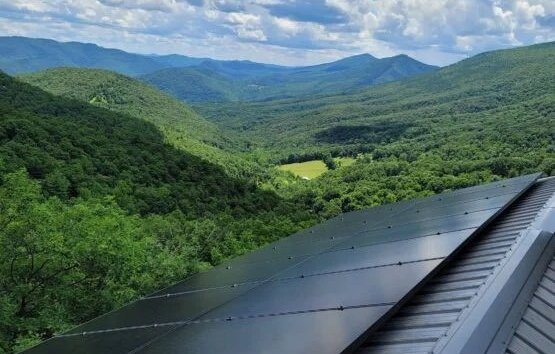Mounting Challenges: Landfills, Brownfields, Water-Saturated Sites
Water-saturated site
Sites hosting saturated subsoils are challenging with respect to the pile’s ability to develop adequate axial and lateral load capacities. Two common foundation technologies employed in soft saturated soil regimes include single or multiple disc helical piles or cast-in-place (CIP) pilings. However, there are pros and cons with both foundations.
Helical pile configurations consist of single or multiple discs of various plate diameters that are welded to a steel pipe shaft of various diameters. The helical piles derive their capacity through direct engagement of the helical plate(s) within the soil. The pile shaft provides lateral performance and bending resistance. Saturated soil often cannot provide the passive resistance required for pilings to develop an adequate lateral load capacity. As a result, either a concrete collar poured around the pile shaft or some other form of soil modification will be necessary, including blending soil cement or quick lime into the upper 2 to 3 ft of the soil profile.
A CIP foundation solution is usually more economical than the helical foundation. Axial and lateral capacity of a piling is often proportional to the surface area of the pile. Borings, with diameters of 12 to 24 in., are augered to predetermined embedment depth, and the carbon steel pile shape, wide flange W section, C channel or round pipe is placed into the drilled hole, which is then filled with an approved mix design pour and grout or small aggregate concrete mix, typically with 4,000 psi compressive strength.
Construction challenges associated with a CIP foundation include flooding of the hole by ground water and/or surface water or boring instability and sidewall collapse. A small diameter caisson rig can be employed to auger and sleeve the boring. The sleeve is withdrawn as the boring is grouted from the bottom up using a low pressure tremie grout hose. Removing standing water from the boring prior to grout placement is a critical step as standing water may cause segregation of the grout or concrete mix.
Most solar foundations should be load tested axially and laterally to validate the embedment design.
Joseph W. Houk is a geotechnical services manager for Solar FlexRack.




